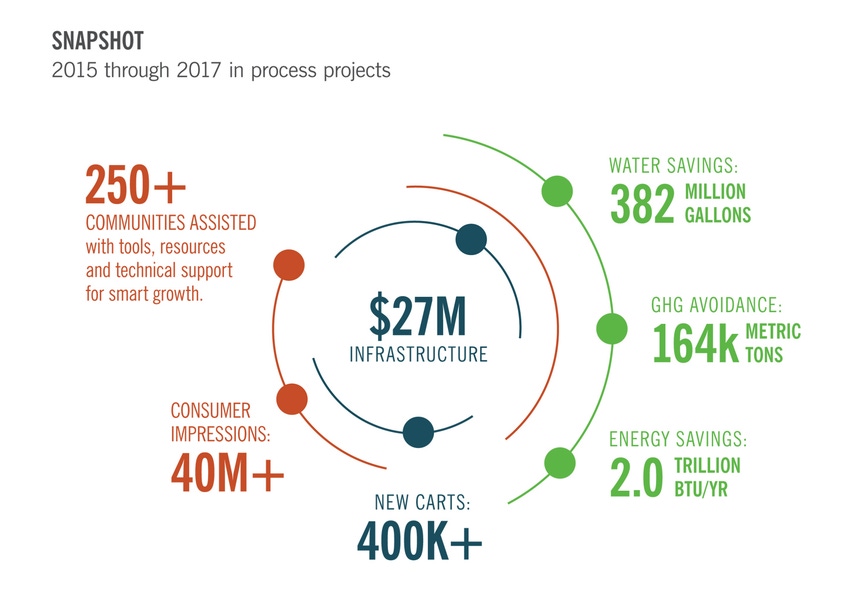April 7, 2020

Many ingredients in the food processing industry are prone to bridging, clinging, and clogging because of the high oil or moisture content. The stagnant material slows down production, compromises a company’s recipe, and can even cause cross-batch contamination.
That was the problem encountered by Flax4Life, a commercial bakery that produces gluten-free muffins, brownies, and other baked goods. And it was happening at a critical stage when ingredients needed to flow at the right amount, at the right time, into the blending process.
The Problem
Blocks were wasting time, manpower, and material. The company used a vacuum convey system that handled materials at a rate of 6,000 lb/hr. The incoming ingredients were divided into two receivers: Receiver 1 for sugar, oats, and tapioca flour; receiver 2 for ground flax and cocoa powder. However, the oils in the flax, compounded by the oil/fat content of the cocoa, as well as the general poor flow properties of both materials, allowed the material to not only bridge above the discharge, but also adhere to the vessel walls and cake the interior – all the way up to the filter bags. This led to numerous delays and expensive wastage. They had to throw away up to 40 lb of mixture a day, and even had to pay to have it hauled away (see photo of wasted product).
All the other material flow aids failed miserably. “The vibrators that came installed on the bottom of the hopper above the mixture practically turned the flax into concrete,” said Stanley Rhea, maintenance department head at Flax4Life. “Then we installed fluidizers, which were terrible. We still had to use hammers and sticks, and spent an hour a day to clean and keep things flowing.”
The Solution: Small But Powerful
The company contacted Control Concepts USA Inc. about AirSweep after seeing a YouTube video that demonstrated its effectivity on wet, sticky materials. It installed six AirSweep VA-06, which was ideal for their small vessel size but still very powerful. Each ¾-in. nozzle could activate up to 3 ft of material. These were positioned in pairs at the top, center, and bottom of the hopper to guarantee continuous flow and eliminate product caking (see photos of Flax4Life equipment).
How AirSweep Works
1. Each AirSweep nozzle disperses a powerful burst of high-pressure, high-volume air or inert gas in 250-millisecond bursts.
2. The quick pulse sends a shock wave along the inner vessel wall, lifting and activating stalled material and breaking the friction bond between the material and vessel wall.
3. The system is pulsed in a pre-set sequence when material is to be discharged from the bin.
4. A typical system will consist of 3 or 4 AirSweep nozzles, high-flow solenoid valves, a sequence timer/controller, an air filter, a regulator, an air receiver, flex hoses, and ball valves.
The Result
“We have been very successful with Airsweep,” said Rhea. It has solved 90% of the company’s material retention problems. Aside from reducing wastage and improving production speed, they no longer need to climb equipment to dismantle and clean the ingredient receiver.
The company is happy with the results and its customer experience. “Customer service has been very helpful,” said Rhea. “I would call with some ideas and they would work with me on it, and they were right. Installation was awesome and easy, and the units have saved the company a lot of man hours. My experience totally exceeded my expectations – a 10 out of 10!”
Airsweep material activation systems have a warranty of seven years and are used by half of the S&P 500 companies, as well as thousands of small companies. For more information, contact Control Concepts USA (Brooklyn, CT) at 860-928-6551 or controlconceptsusa.com.
Click here for more storage/flow equipment
You May Also Like


